Tests aim to see if AI models can determine when you’re speaking to your phone without needing a trigger phrase.
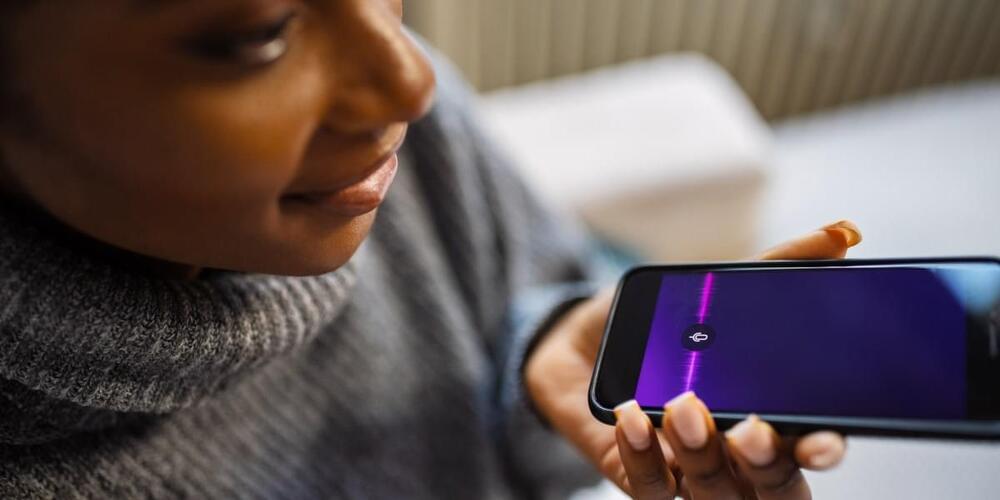


Apple quietly submitted a research paper last week related to its work on a multimodal large language model (MLLM) called MM1. Apple doesn’t explain what the meaning behind the name is, but it’s possible it could stand for MultiModal 1.
Being multimodal, MM1 is capable of working with both text and images. Overall, its capabilities and design are similar to the likes of Google’s Gemini or Meta’s open-source LLM Llama 2.
An earlier report from Bloomberg said Apple was interested in incorporating Google’s Gemini AI engine into the iPhone. The two companies are reportedly still in talks to let Apple license Gemini to power some of the generative AI features coming to iOS 18.
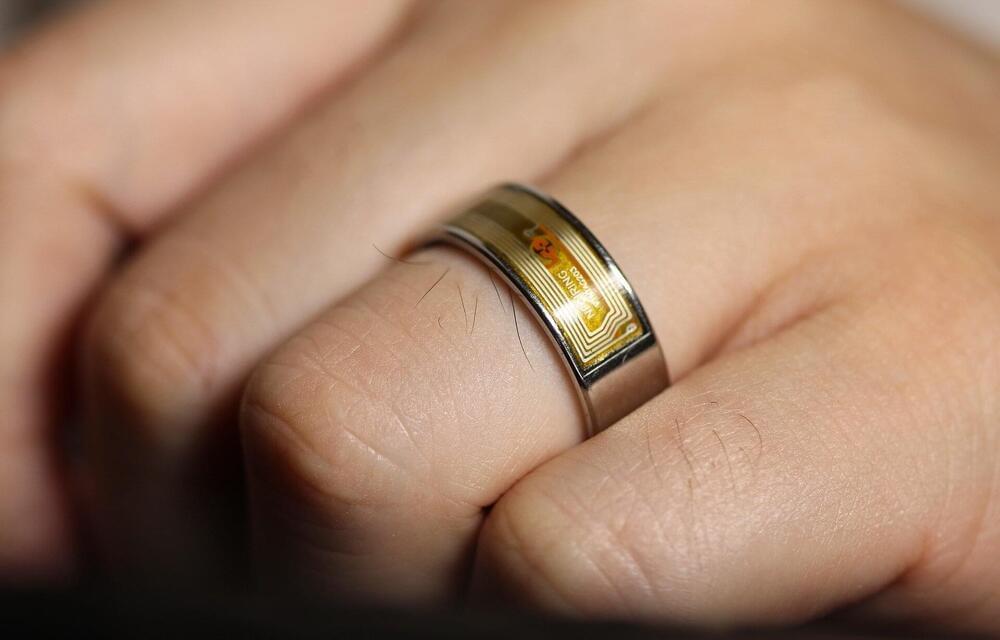
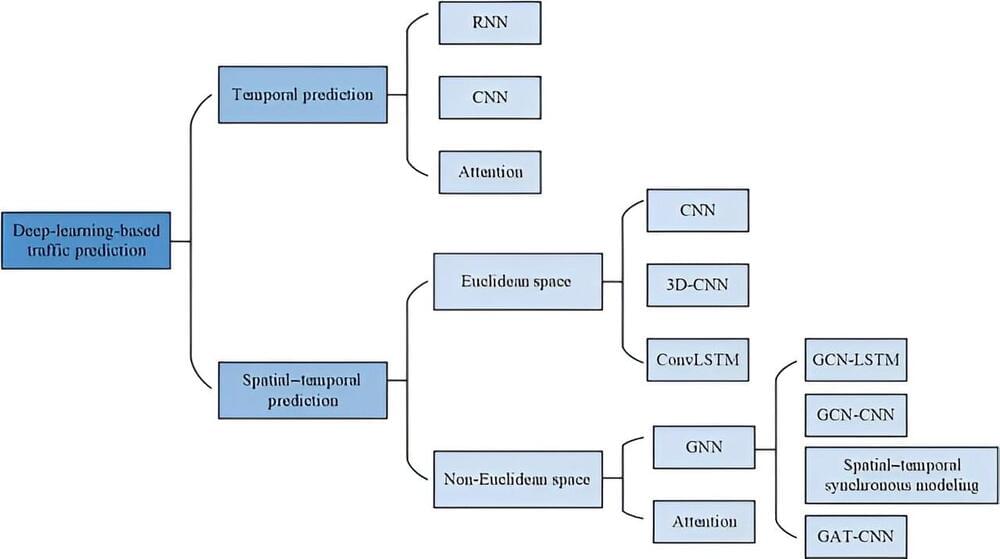
The bustling streets of a modern city are filled with countless individuals using their smartphones for streaming videos, sending messages and browsing the web. In the era of rapidly expanding 5G networks and the omnipresence of mobile devices, the management of cellular traffic has become increasingly complex.
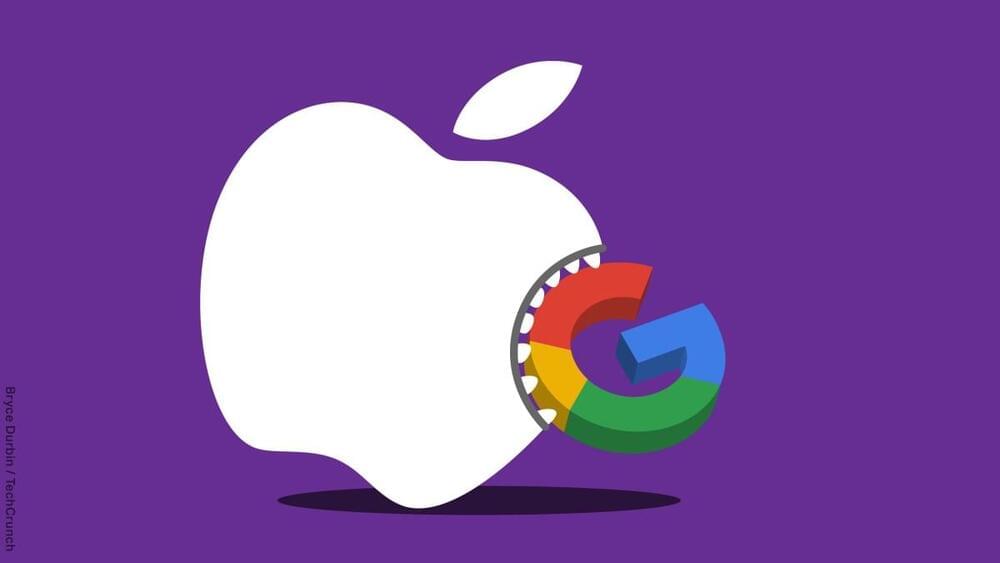
Apple is looking to team up with Google for a mega-deal to leverage the Gemini AI model for features on iPhone, Bloomberg reported. This will put Google in a commanding position as the company already has a deal with Apple as the preferred search engine provider on iPhones for the Safari browser.
The publication cited people familiar with the matter saying that Apple is looking to license Google’s AI tech to introduce AI-powered features with iOS updates later this year. Additionally, the company also held discussions with OpenAI to potentially use GPT models, Bloomberg said.

Even if electric cars are already prevalent today, anti-EV narratives are still abounding. Among the most persistent anti-electric vehicle talking points involves the idea that EVs take hours to charge, so those who own them would be stuck waiting several hours waiting for their cars to “fill up.” A recent post from Tesla’s official social media handle debunks these ideas.
Longtime Tesla and electric vehicle owners have noted over the years that EV charging practices are far different from refueling a combustion-powered car. As the electric vehicle maker posted on its official handle on X, the social media platform formerly known as Twitter, charging a Tesla is actually far simpler than expected.
When charging at home through a Wall Connector or Mobile Connector, for example, all Tesla owners need to do is plug in their cars when they pull into their garage. EVs are like gigantic mobile devices, so just like smartphones, they could simply charge their batteries while their owners go about their day. And with the Wall Connector or Mobile Connector, Tesla owners can typically wake up to a fully charged car per day.
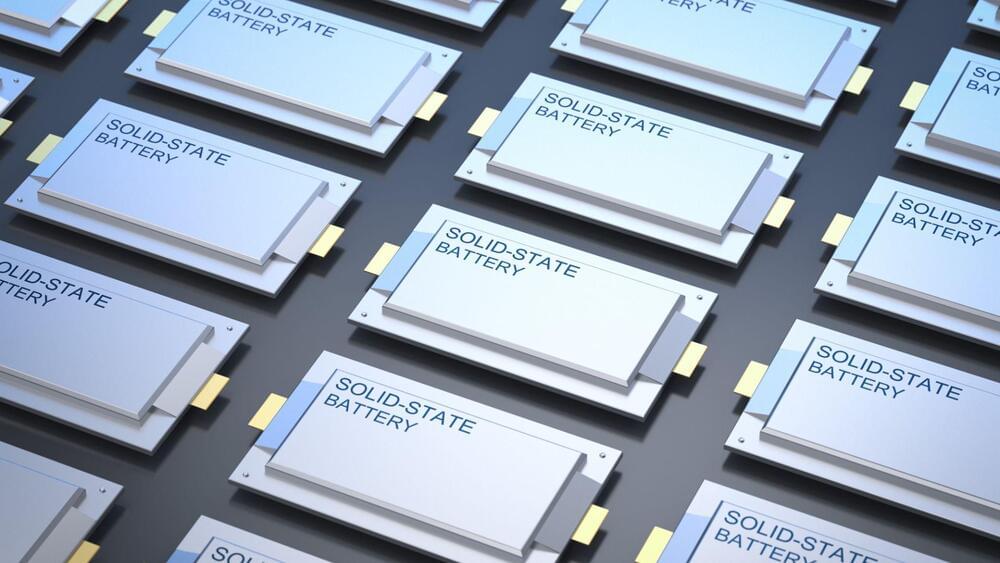
A new research in battery technology now promises safer, longer-lasting energy storage. Thanks to a research team tackling a critical issue with solid-state batteries. The researchers have now developed a “bottom electrodeposition” method that changes the game for these next-generation power sources.
Today’s batteries say the ones in our smartphones or electric cars, mostly use liquid electrolytes for shuttling energy. However, these liquids are flammable, which obviously factors into safety concerns, even though they are minimal in today’s modern processes.
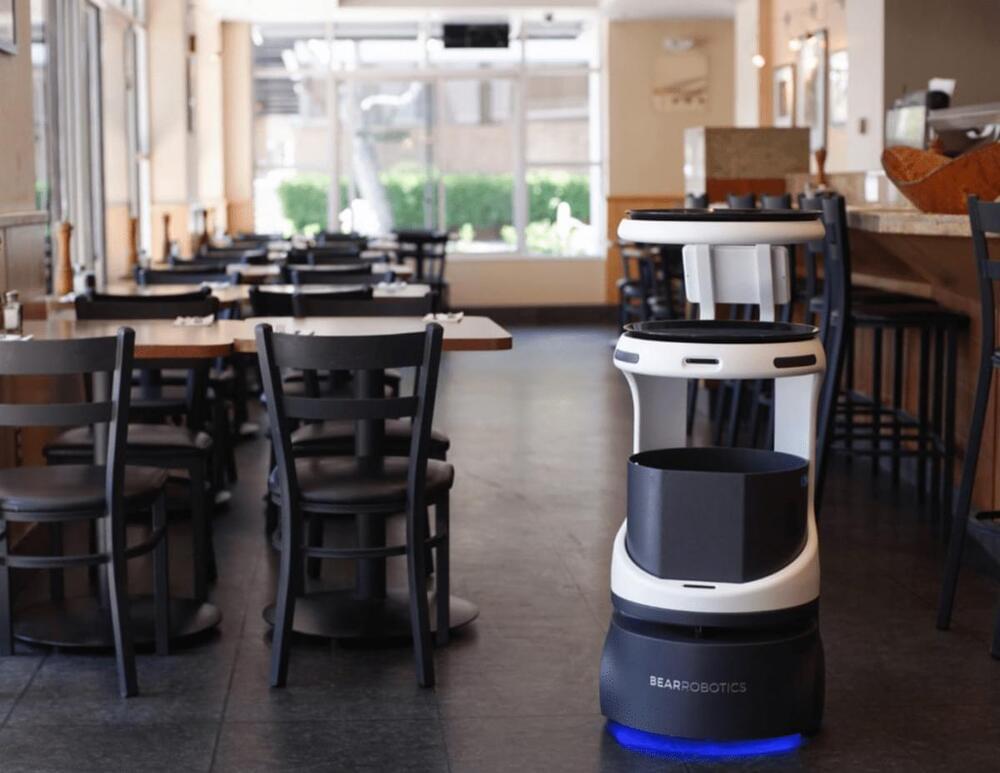
LG Electronics may no longer be a household name in smartphones, but it still sees a big future in gadgets like robots. Today, the company confirmed a $60 million investment in Bear Robotics, the California startup that makes artificial intelligence–powered server robots (autonomous tray towers on wheels that are meant to replace waiters) for restaurants and other venues. With the investment, LG Electronics becomes Bear’s largest shareholder.
Bear’s last fundraise in 2022 valued the company at just over $490 million post-money, per PitchBook data. It’s not clear what the valuation is for this latest investment, but the last year has not been a great one for startups in the space.
On the other hand, the current vogue for all things AI, and the general advances that are coming with that, are giving robotics players a fillip — see yesterday’s Covariant news, for another example. Still, it’s not clear what Bear hopes to tackle next with the basic trays-on-wheels form factor that it has adopted for its flagship Servi robots.
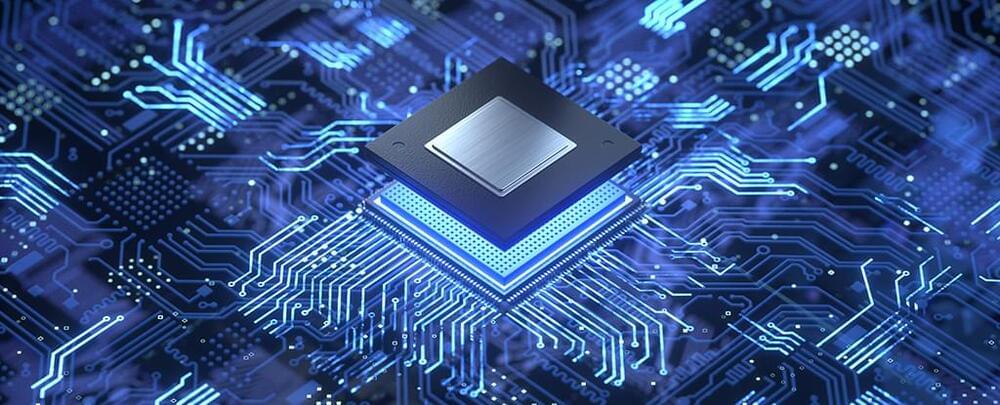
Imagine your laptop running twice as fast without any hardware upgrades; only the application of smarter software algorithms. That’s the promise of new research that could change how today’s devices function.
The team behind the research, from the University of California, Riverside (UCR), says that the work has huge potential, not just for boosting hardware performance but also increasing efficiency and significantly reducing energy use.
Referred to as simultaneous and heterogeneous multithreading (SHMT), the innovative process takes advantage of the fact modern phones, computers, and other gadgets usually rely on more than one processor to do their thinking.
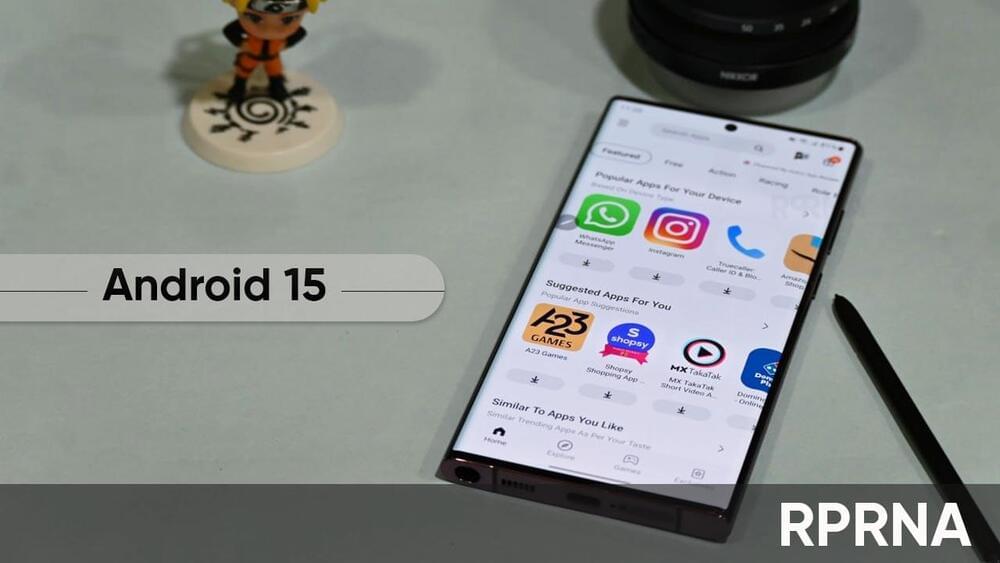
An alternative satellite messaging service was spotted in the latest beta version of Android 14, and it may be included in Android 15.
According to an Android Authority report, the Android beta now shows a new “Satellite Messaging” page that states users can “send and receive text messages by satellite as part of an eligible account.” Next is a button that users can tap once it arrives to add the feature to their mobile plan.
In terms of functionality, users can take advantage of it when they don’t have a cellular or Wi-Fi connection. In addition to emergency services, users can contact anyone they know. It is claimed that the antennas would support 2 to 4MB of data transmission per cell area.